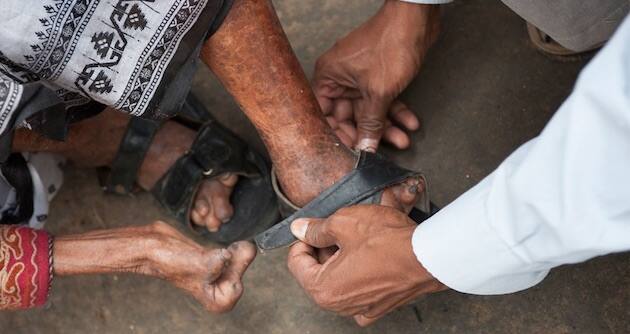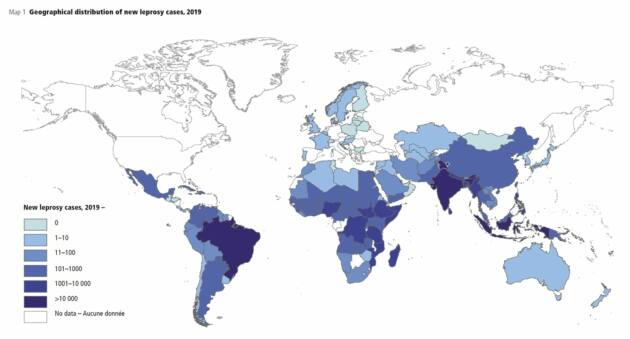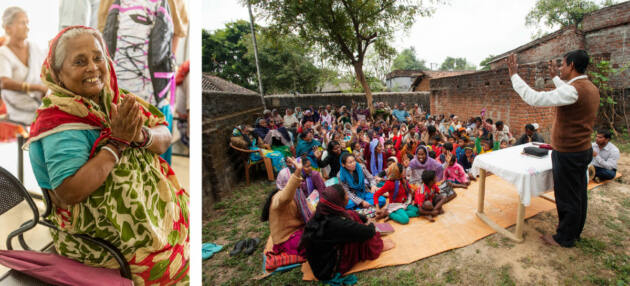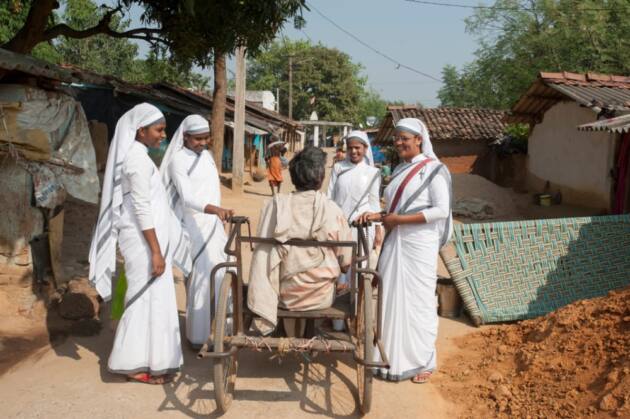Offering love and hope to those shunned because of leprosy

For millions around the world living with leprosy, loneliness and despair is a way of life. In an age of Covid, that despair is compounded by additional isolation brought on by the Covid pandemic.
Sixty percent of disabled leprosy patients surveyed in Bangladesh said life was “totally meaningless,” says a report by missions agency Gospel for Asia, who recently marked World Leprosy Day.
 Being confined to home for extended periods due to lockdown restrictions might be uncomfortable, but “it doesn’t compare to being isolated for the rest of one’s life in a leprosy colony,” the report states.
Being confined to home for extended periods due to lockdown restrictions might be uncomfortable, but “it doesn’t compare to being isolated for the rest of one’s life in a leprosy colony,” the report states.
“Right now, many of us are having a difficult time in isolation due to the pandemic,” said GFA World founder K.P. Yohannan. “But what a privilege we have to take our eyes off ourselves and become the hands and feet of Jesus, helping to bring hope and God’s love to someone who’s forgotten and who believes their life is meaningless.”
In the report, GFA World highlights the remarkable work of local teams visiting leprosy colonies in Asia — where the disease is most prevalent — and bringing hope and healing to those forgotten by the outside world.
Leprosy ‘Not To Be Feared’
Teams of local women — known as Sisters of Compassion — visit leprosy colonies all across South Asia, bringing food and encouragement to people living with disabilities and disfigurements caused by advanced leprosy. Their willingness to befriend people with leprosy — including many shunned by family and friends — shows others in the wider community that those living with the disease are not to be feared or isolated.
In fact, the disease — dreaded for centuries — is nowhere near as contagious as most people imagine. Around 95 percent of the global population is immune to leprosy, and it’s curable with antibiotics if detected early. Plus, there are hopes that a vaccine — currently in clinical trials — will bring an end to leprosy and its devastating impact on the tens of thousands that contract it each year.
For many, though, like Mungeli Das — who contracted leprosy as a girl more than 50 years ago and didn’t receive treatment in time — there’s little hope of a cure. Disabled and living in a leprosy colony, she clings to the help and hope that GFA World’s Sisters of Compassion bring her. The “sisters” follow the example of Jesus who, according to the gospels, touched and healed those with leprosy.
“Before the sisters came there was no one to help trim our hair, cut our nails or help us clean our houses and encourage us,” she said. “The sisters clean our wounds and they make us happy and encourage all the time.”
Battling ‘False Stereotypes’
World Leprosy Day — an annual awareness event held on the last Sunday in January — aims to combat stigma and leprosy myths, including the negative and false stereotypes that further isolate people with leprosy.
While rare in developed nations, the disease continues to spread among the poor in many undeveloped countries. While commonly referred to as leprosy, it was renamed Hansen’s disease after Norwegian scientist Gerhard Henrik Armauer Hansen. In 1873 he discovered the slow-growing bacterium known as Mycobacterium leprae as the cause of the illness.
In some countries, arcane laws allow a person to legally divorce a spouse because they are affected by the disease. The government policy leaves many women destitute, homeless, and unable to care for their children. Countless women find themselves on the street with their children, making them easy targets for sex traffickers and murder.
Around the world:
- The number of new cases reported globally to World Health Organization (WHO) external icon in 2019 was more than 200,000.
- Close to 15,000 children were diagnosed with leprosy disease in 2019 – more than 40 a day.
- An estimated 2 to 3 million people are living with leprosy disease-related disabilities globally.
- In 2019, the countries with the highest number of new diagnoses were India, Brazil, and Indonesia.
- Over half of all new cases are diagnosed in India, which remains home to a third of the world’s poor, a group disproportionately affected by the disease.
Jesus is the greatest example of compassion toward lepers. His example led Mother Teresa to spend a lifetime in service to those afflicted with it. “I see Jesus in every human being,” she once stated. “I say to myself, this is hungry Jesus, I must feed him. This is sick Jesus. This one has leprosy or gangrene; I must wash him and tend to him. I serve because I love Jesus.”

Mother Teresa went on to say that lepers were “beautiful” people and it was an honor to serve them. “The experience which we have by serving them, we must pass on to people who have not had that wonderful experience.”
“Across the globe,” writes Dr. Mary Verghese, Executive Director of The Leprosy Mission Trust India, “the pandemic bringing leprosy renewed media exposure could also awaken a greater appreciation for the plight of those ostracized because of their condition.”
After all, she says, being confined to one’s own home for an extended period because of coronavirus concerns may be uncomfortable, “but it doesn’t compare to being forcibly isolated for the rest of one’s life in a leprosy colony.”
–Assist News Service with additional reporting by Dwight Widaman









